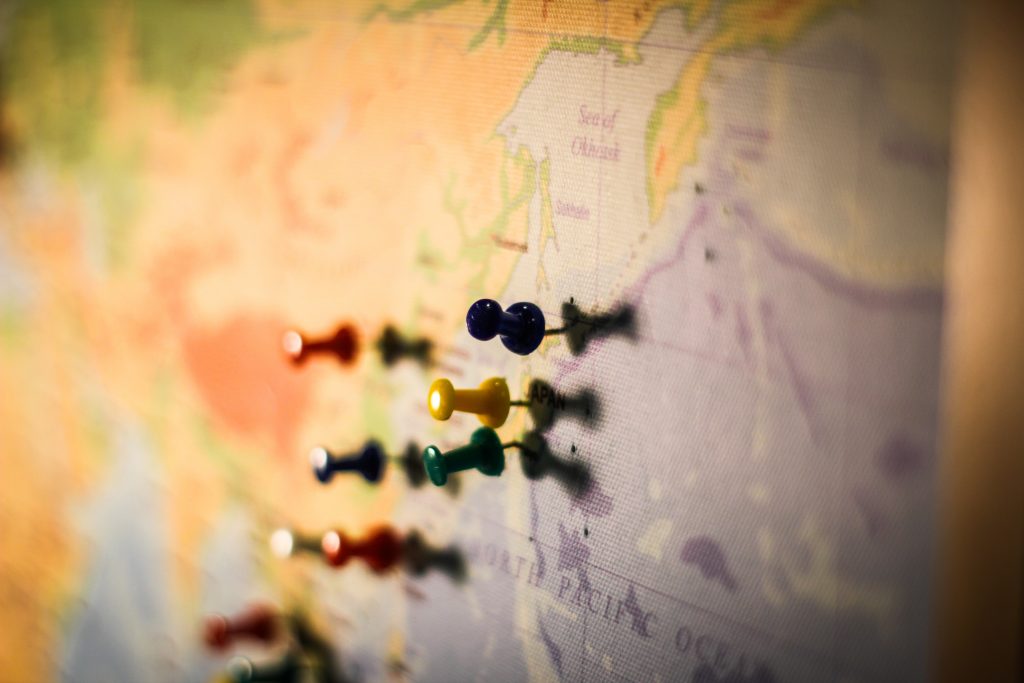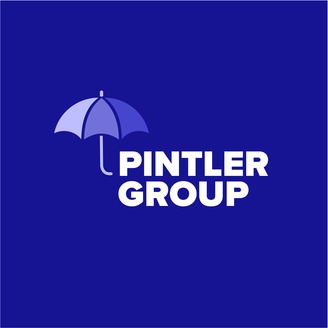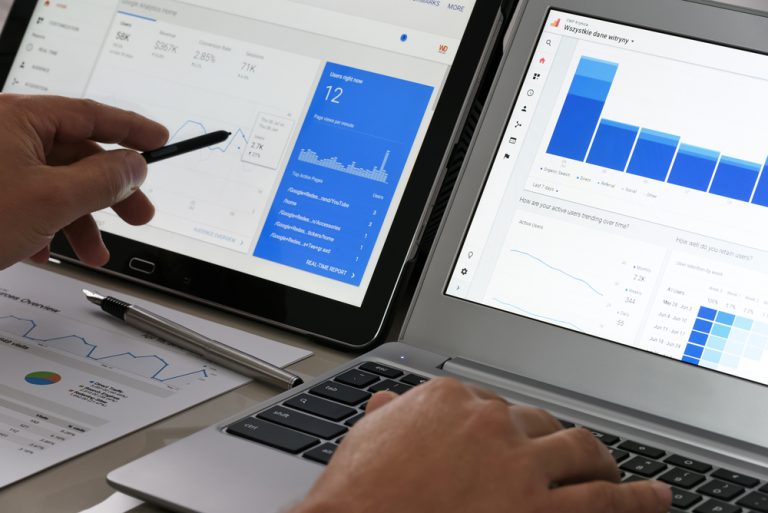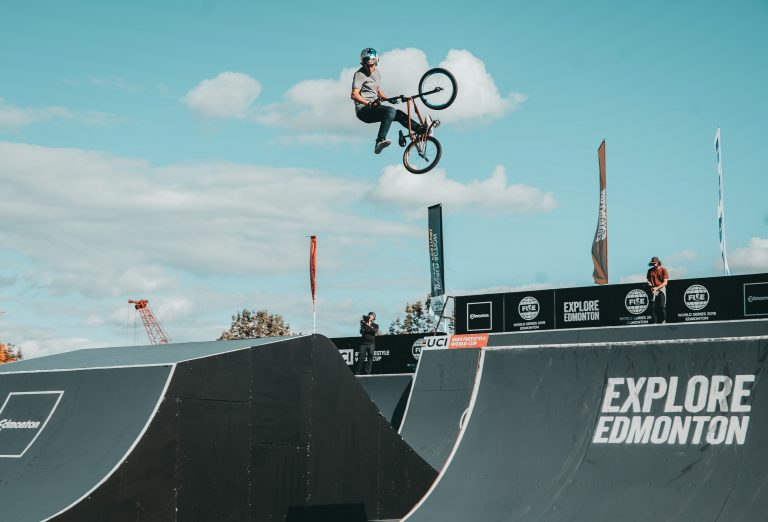As we discussed in a recent podcast, the marketing strategy geofencing, or delivering advertising messaging to people in certain locations using cities and zip codes, has many applications. It can be especially useful when trying to use digital to influence physical activities, such as a trade show or conference. How can we impact attendance at a booth or panel in a huge conference center? What are the ways to get the word out about awesome things you’re doing as a company?
It’s crucial as marketers that we go to where prospective customers are rather than assuming they will come to us. When operating within the trade show traction channel you’ve already identified where those customers exist. You’re halfway to the finish line. You certainly can try and talk to everyone individually. Or you could use geofencing to make sure everyone in the conference center or hotel sees your messaging! We recently ran Facebook geofencing advertising campaigns for two clients with different goals, but similar results.

Case Study #1: Trade Conference Awareness Advertising
One of our clients, a Montana chapter of a national organization, was preparing to attend a yearly conference. Given chapters from around the country would be attending they were interested in getting the word out about the great stuff they were doing. Think of it as a bragging campaign.
For the targeting, we geofenced the convention center where the conference would take place. We ran the ads starting the morning of the first day, turned them off for non-show hours and ended as the conference ended.
As for the creative, we gathered the most appealing imagery we had, knowing that even if someone didn’t engage with the Facebook ad the visual would leave a lasting impression. Our text was very direct, highlighting what sets this chapter apart from others.
The results were impressive. At a very small budget, we were able to reach over 11,000 people and drive 700 ad engagements over a three day period. As an added bonus it drove additional likes on the Facebook post.
Finally, an offshoot of the campaign came in the form of one of our core values: delight. The members of the chapter who attended saw their own ads. That brought the campaign to life for them and validated our work!
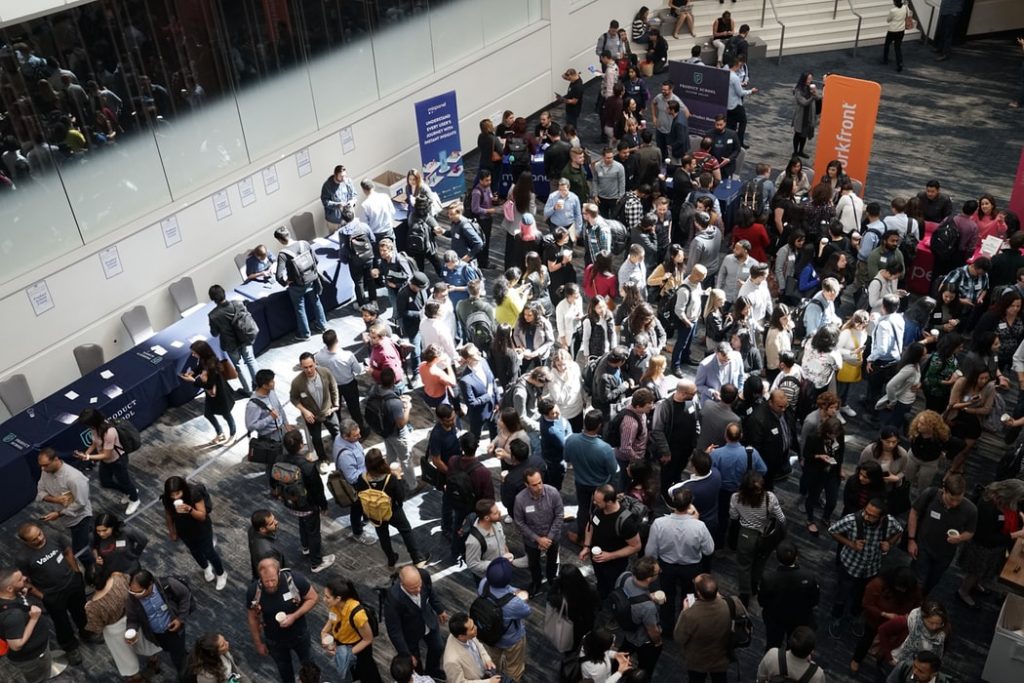
Case Study #2: Driving Traffic to a Booth at a Trade Conference
This example is where digital truly meets the physical. One of our clients was new to their industry and looking to have a big coming-out party at a conference. They spent a lot of time and energy building out a flashy booth and printing brochures to give away. Being the little fish in a very big pound, though, they needed to get foot traffic.
We took a multi-faceted approach to the campaign. First, we geofenced hotels affiliated with the conference and offering blocks of rooms. These ads started in the days leading up to the conference, knowing many arrived early. The creative specifically urged people to visit the booth.
Once the conference started the targeting switched to geofencing the convention center itself. Again, the call to action was to visit the booth. Additionally, simultaneous to this ad set we were also running Google Search ads in the city of the convention. The hope was that people who were exposed to signage or Facebook ads would want to Google what the company was all about.
The results: a stellar amount of foot traffic to their booth (which can, of course, be attributed to many factors) and triple the number of website visitors during the conference compared to the previous period.

Setting up a campaign
The nice thing about incorporating geofencing into your advertising strategy is that it’s easy to set up and can be launched with a small budget. In the planning stages these are the key pieces of information you need to focus on:
-
- Location: Where are the people you are trying to reach?
- Timing: When will they be there?
- Interests: Are you targeting everyone in the area or only people in the area that resemble an identified persona?
- Action: Is your action online or offline?
- Tracking: Put in place ways to accurately define success or failure
Enjoy your first geofence!
Check out this video for step-by-step geofencing instructions.
For more information on trade shows and the other 18 podcasts check out our podcast, Cutting Through The Noise, which can be found on Apple Podcasts, Spotify and anywhere else you listen to podcasts.

